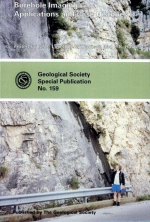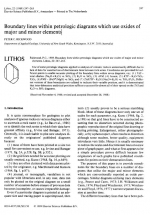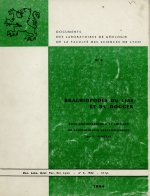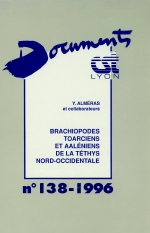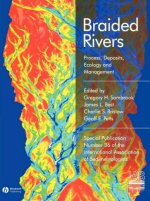The recent accessibility of the collection of Dumortier, the complementary collects in the Bas-Beaujolais and in the Southern Provence, allow us to present the paleontological revision of the Toarcian and Lower Aalenian brachiopods of the Rhone basin (Bas-Beaujolais, Mont d'Or Lyonnais, La Verpilliere - Saint Quentin-Fallavier and Southern Provence). Then, the systematics of Dumortier is reactualized. The different species are again located in a more precised strati graphical framework. So, it is possible to deduce the biostratigraphy of Toarcian and Lower Aalenian brachiopods and then, to verify the value of the zonal succession established before (Almeras & ah, 1991)






